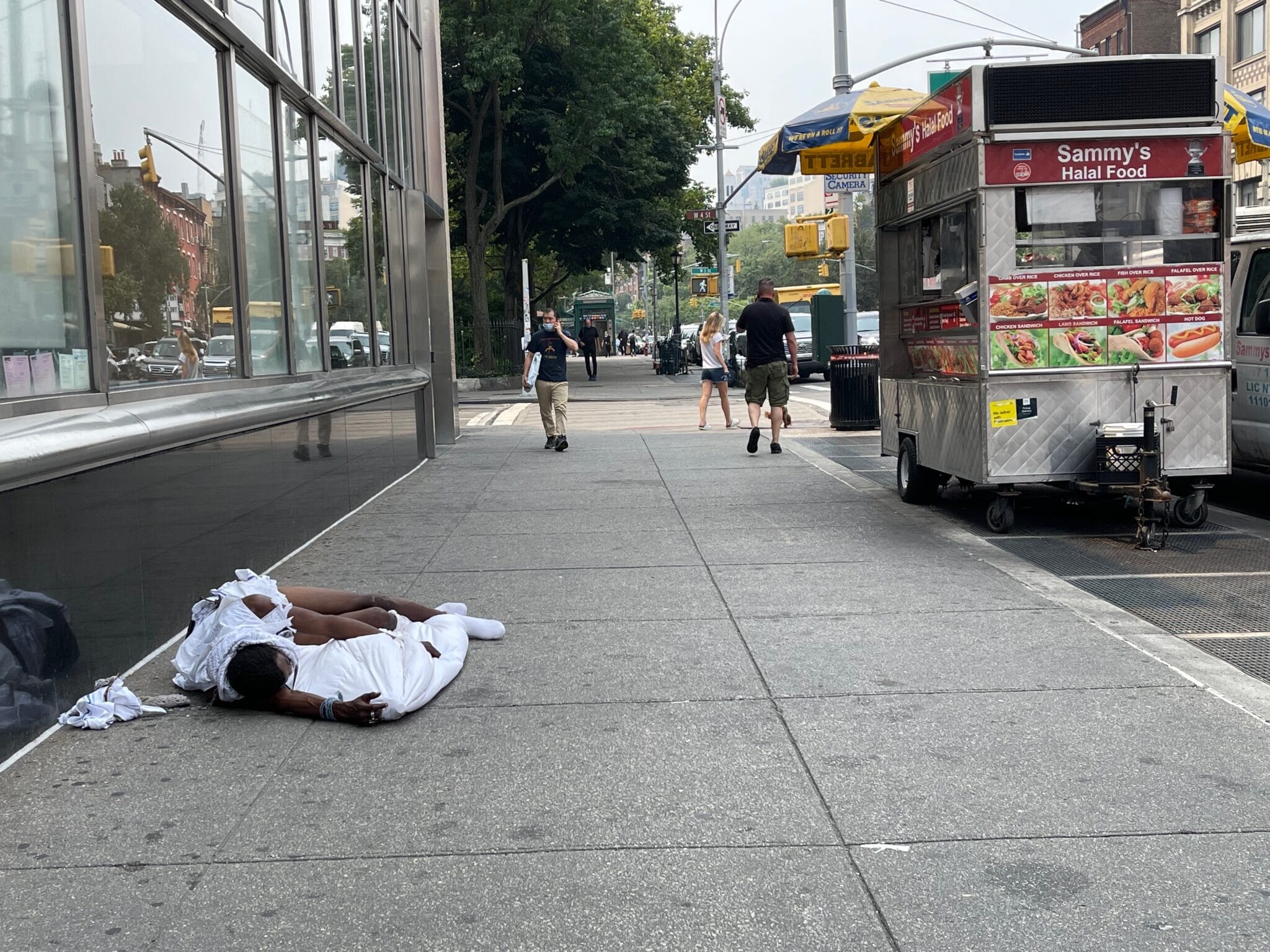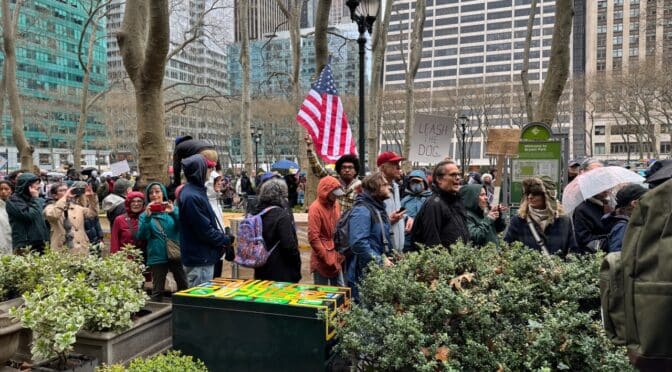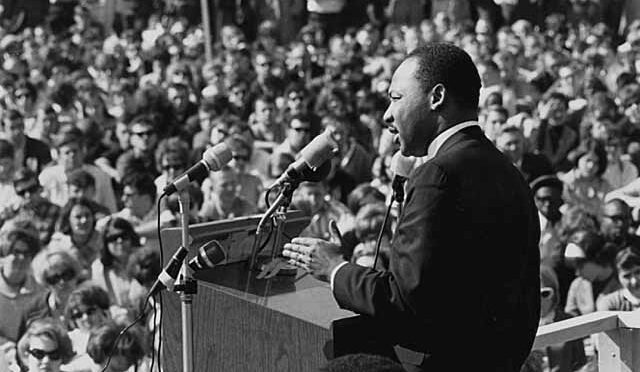by Barbara Nevins Taylor
On Thursday morning a man with red pants falling down below his butt stood outside the Washington Square Diner, “Gimme a dollar. Just a dollar. Come on man,” he begged one of the waiters setting up tables on the street. A block away inside Washington Square Park, men and women congregated on benches, some nodding out.
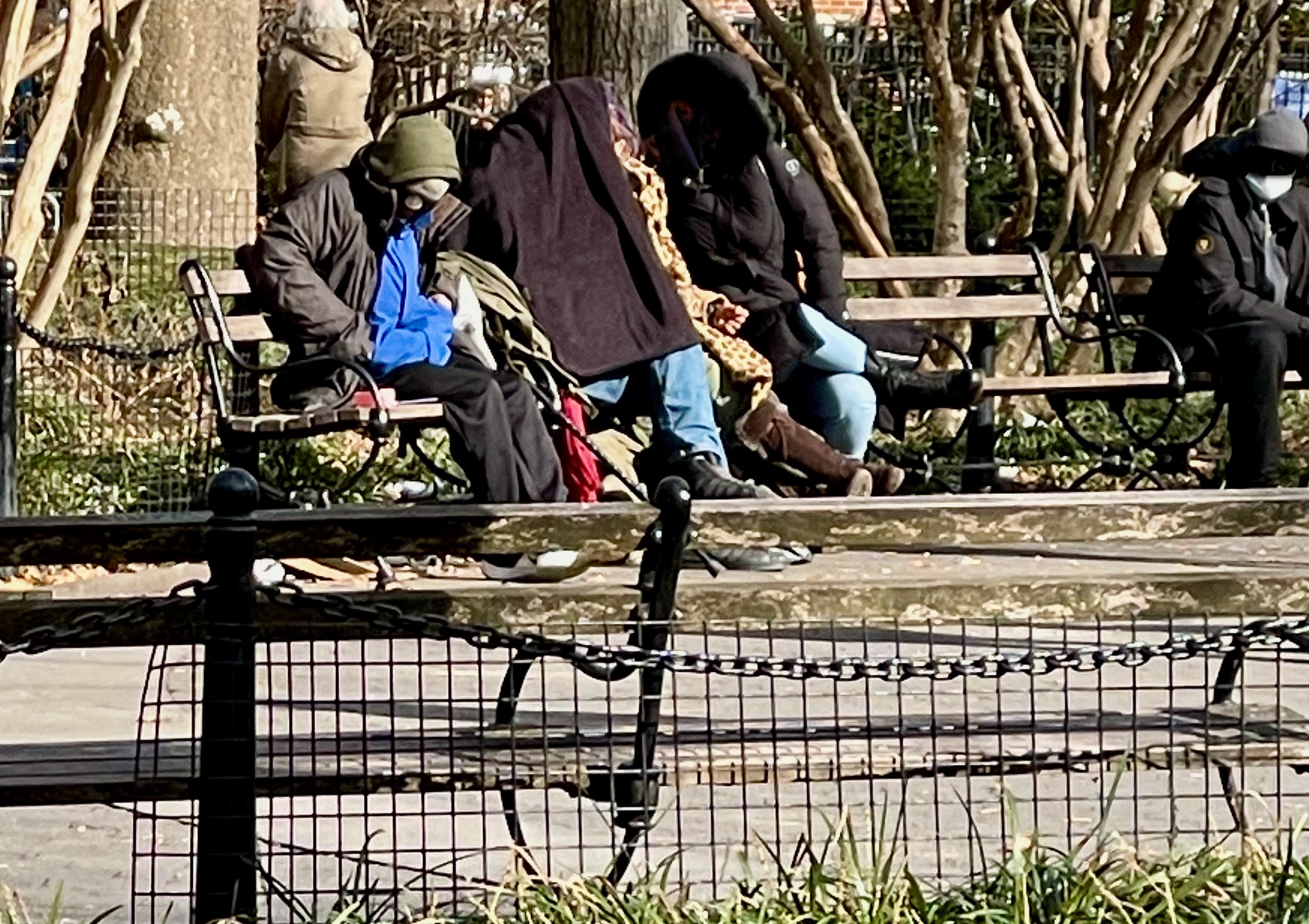
For a while these folks seemed to be confined to the northwest quadrant of the park near Waverly Place. Lately, they’ve spilled out into the central walk.. I go through Washington Square a lot and I’ve seen people in this area selling drugs to each other, and in a couple of instances shooting up. Recently, I tried to take a photo of guy filling a syringe. One of the men jumped up and yelled, “Hey. What are you doing!” I wanted to yell back, “What the hell are you doing?” But prudence made me walk away quickly.
We do not know when someone, maybe homeless, hearing voices, strung out on drugs, or in the middle of an alcoholic rage will strike out.
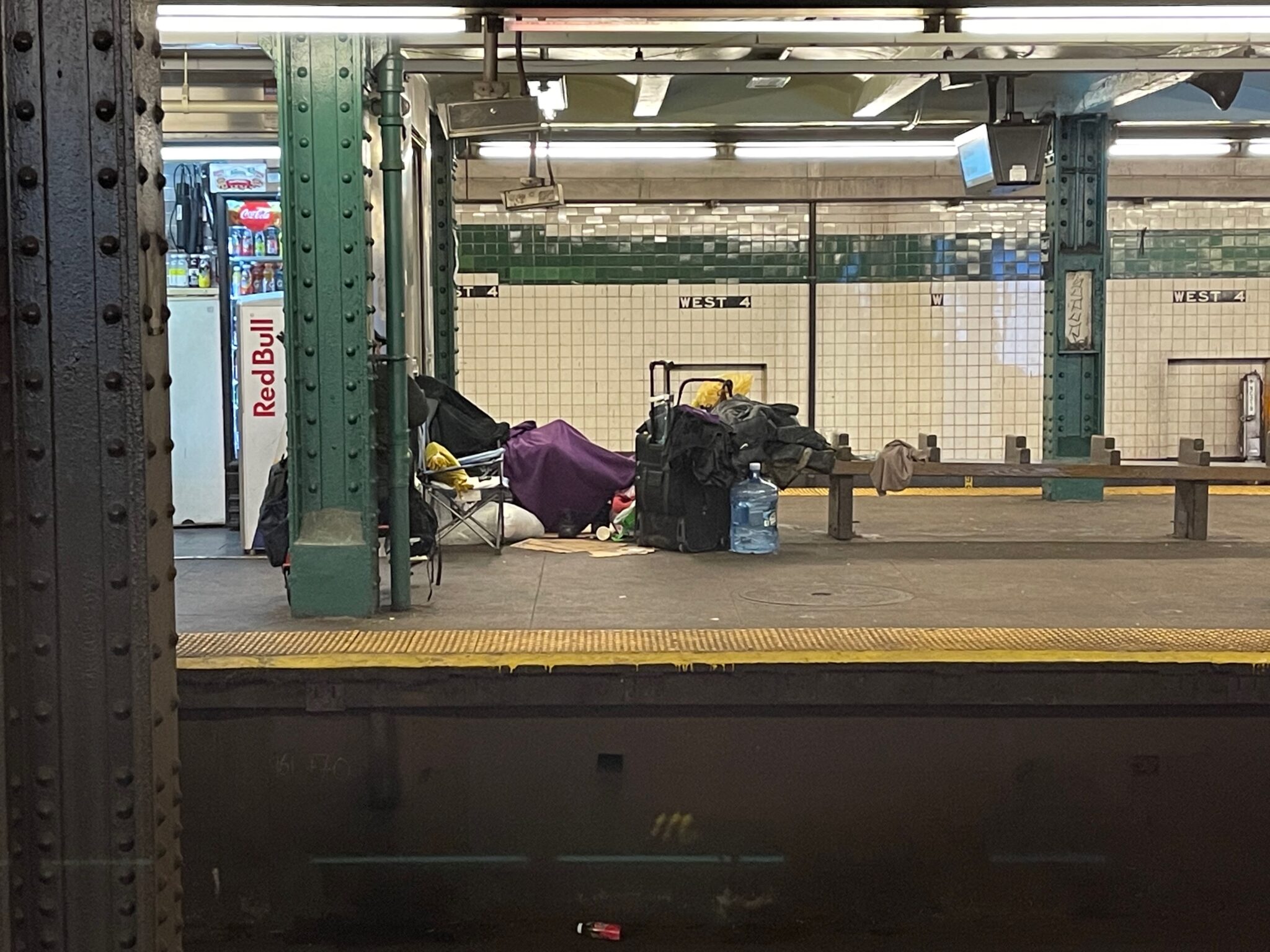
The problems of these human beings are tragic, in some sense. But the violence and threat is real, scary and can turn lethal, making many of us worry about our safety and the safety of our neighbors.
In Chinatown, near the Grand Street subway station, 25-year-old Assamad Nash, a homeless man, followed Christina Yuna Lee into her apartment and allegedly stabbed her more than 40 times. As she screamed neighbors called 911. When police arrived they found him hiding under bed.
A month earlier, 40-year-old Michelle Go was pushed to her death in front of of an R train in Times Square. Police say that 61-year-old Martial Simon turned himself in and confessed. The New York Times reported that Simon has a history of schizophrenia and complained that doctors released him from hospitals repeatedly, before he was ready to live on his own.
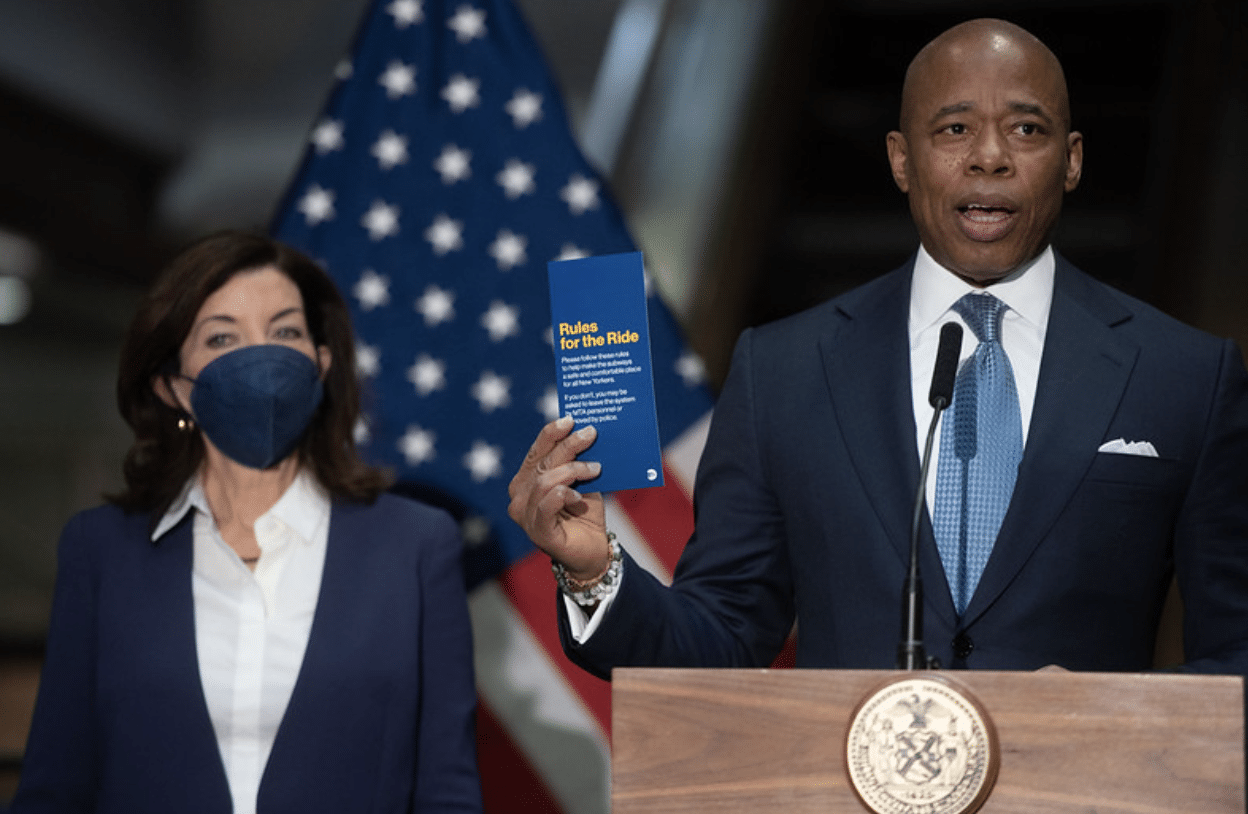
Now New York Mayor Eric Adams, with Governor Kathy Hochul by his side, declared that he intends to focus on getting the homeless out of the subways. “It is cruel and inhumane to allow unhoused people to live on the subway, and unfair to paying passengers and transit workers who deserve a clean, orderly, and safe environment,” Adams said.
Adams’ plans combine enforcement of rules of conduct in the subway with a homeless outreach program. We’ll see more cops in the subways and they will enforce the laws against getting high and sleeping on the trains. “No more smoking, no more doing drugs, no more sleeping, no more doing barbeques on the subway system. No more just doing whatever you want,” Adams said. “No. Those days are over.”
Governor Hochul proposed $27 million for more psychiatric beds, $12 million for supportive housing and a $10 billion plan to help hospitals and improve staffing. She said that the state will increase the reimbursement to hospitals and health professionals for treating mental illness.
Many of the people we see on the streets and in the subways refuse to go to shelters, which many say are unsafe, or get treatment, so the governor said the state will make guidelines for commitment clearer.
“We need to talk about what’s involved in the removal and involuntary commitment for the highest need individuals, individuals who truly have demonstrated they’re not capable of taking care of themselves,” she said. “We need to issue regulations that’ll give those who witness this behavior, those who are in the subways, the law enforcement . . . the experts — give them more authority to take some steps to get people out of those circumstances and into a place so they could begin the healing. And this is long overdue.”
There are a lot of moving parts here. And homeless advocates and others have criticized aspects of the plan to remove people from the subways. We saw what happened when the subways were closed overnight for cleaning at the beginning of the pandemic. Homeless people who slept there moved out onto the streets.
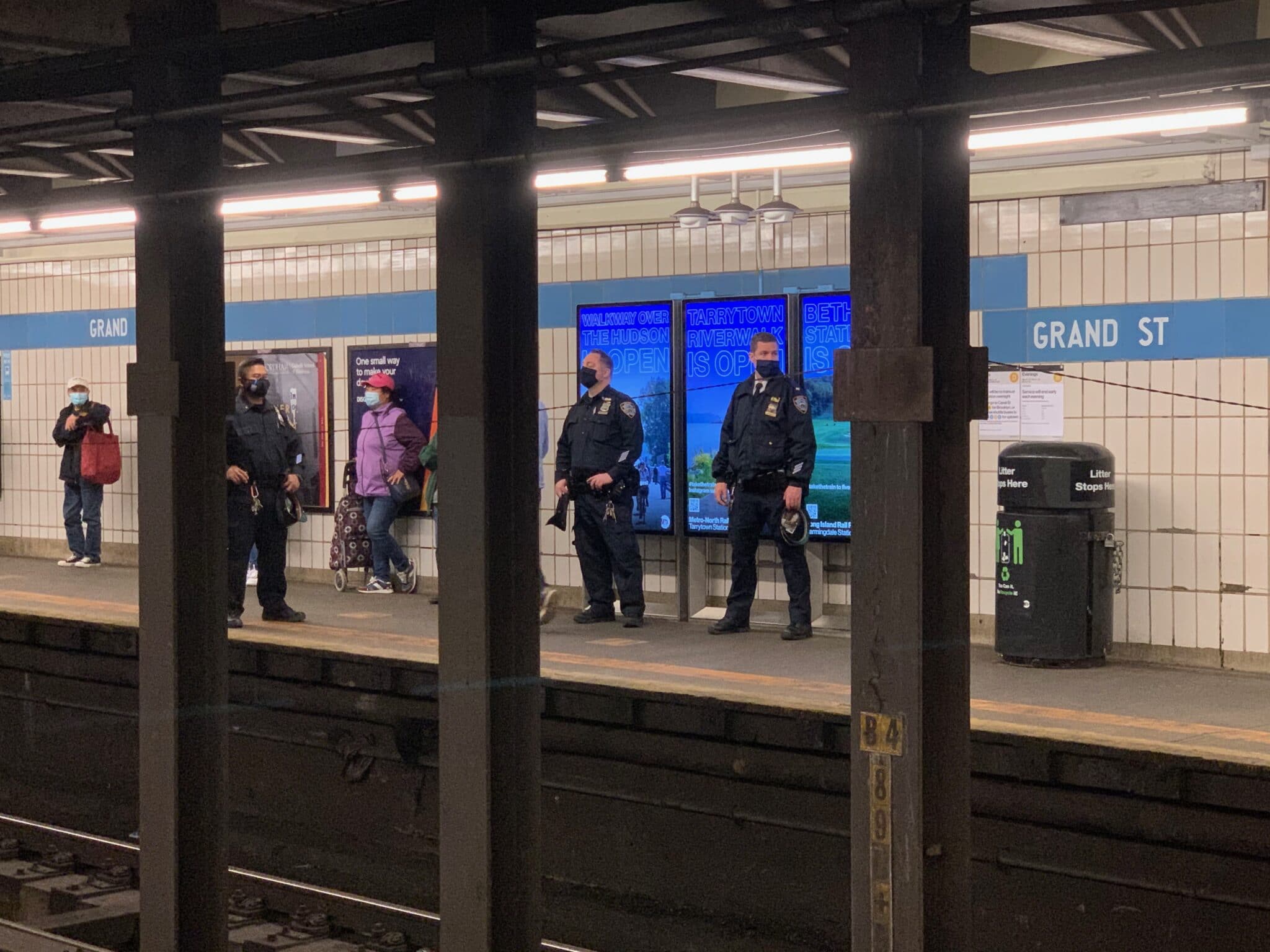
This isn’t just a crisis of homeless in the subways. Pushing people out to the streets isn’t the answer. Let’s hope that the city and state are serious this time around.
